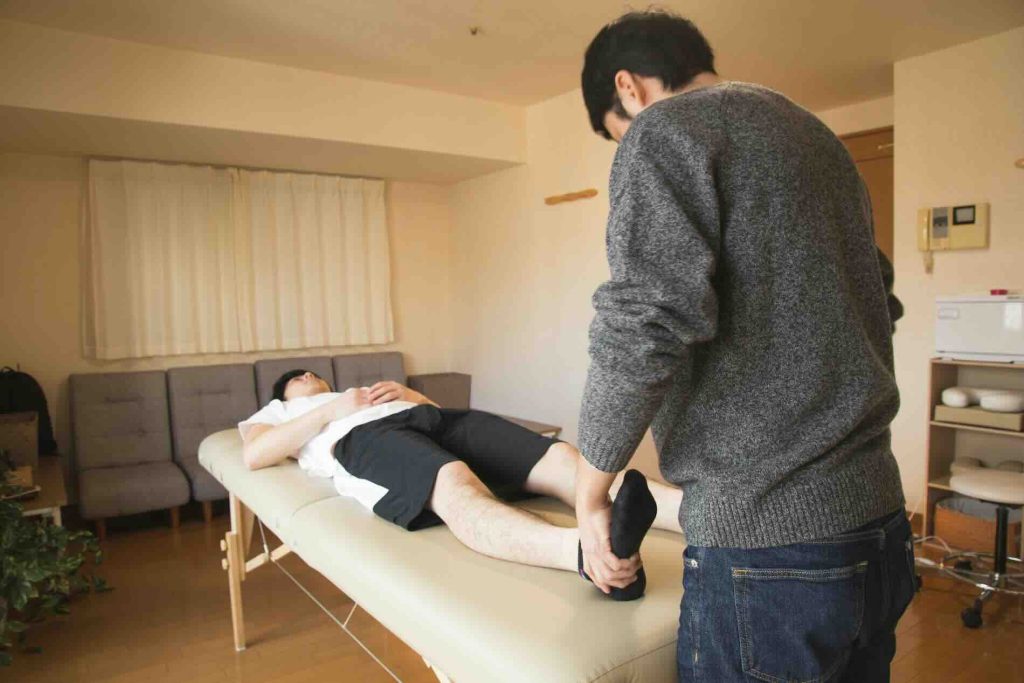You’re dealing with an injury, nagging pain, or post-surgery stiffness. You know you need professional help to heal—but here’s the kicker: should you book an appointment with a physiotherapist or a physical therapist? Are they even different?
This is one of those questions that looks simple on the surface but gets surprisingly nuanced when you dig in. If you’ve been Googling late at night, getting mixed answers, and wondering who’s right for your recovery—this guide is for you.
Quick Answer: Physiotherapy vs. Physical Therapy
In many countries, the terms physiotherapy and physical therapy are used interchangeably. In the U.S., they often refer to the same profession. But in other parts of the world—think the U.K., Canada, or Australia—there are subtle differences in training, philosophy, and technique that may influence your treatment experience.
What Is Physiotherapy?
Physiotherapy, as commonly practiced in Commonwealth countries, often emphasizes a hands-on, manual approach to healing. It’s not just about building strength or flexibility through exercises. Think of soft tissue massage, joint mobilizations, guided stretching, and even breathing techniques.
Where it’s commonly used: In hospital settings, sports injury clinics, and rehabilitation centers, especially when dealing with neurological issues, post-operative recovery, or chronic pain management.
Physiotherapists may work more closely with physicians, and in some systems, even diagnose certain conditions independently. Their approach tends to be holistic—looking at how your entire body moves, not just the “injured” part.
What Is Physical Therapy?
Physical therapy, especially in the U.S., typically refers to the same profession but with a stronger association to exercise-based rehabilitation. It’s less about passive treatment and more about active recovery—building your body back up through movement, strength training, and reconditioning.
Common treatment styles: Functional movement training, resistance work, balance exercises, and mobility drills. It’s especially popular in orthopedic clinics, chiropractic offices, and outpatient sports rehab centers.
That said, many physical therapists also use hands-on techniques. The treatment style usually depends on the practitioner’s training and your specific needs—not just the title on their business card.
So… Are They Really Different?
Let’s be honest—when you’re in pain or trying to heal, you care less about titles and more about results. And here’s the truth: in the U.S., physiotherapists and physical therapists typically have the same education, credentials, and scope of practice.
Both must earn a Doctor of Physical Therapy (DPT) degree, complete clinical residencies, pass a licensing exam, and maintain continuing education. Some may pursue specialized certifications (like orthopedics, neurology, or sports therapy), but this varies person to person, not by job title.
What Really Matters: Treatment Philosophy
Instead of fixating on the label, pay attention to:
- The therapist’s experience with your specific condition
- Methods used (manual therapy, strength training, dry needling, etc.)
- Clinic environment and tools available
- How they tailor care plans to your goals and lifestyle
A therapist who spends time listening to your story and customizing your treatment is often more valuable than the one with the fanciest letters after their name.
Related Fields: Occupational Therapy, Osteopathy, and Chiropractic Care
While we’re on the subject of recovery, you’ve probably heard about these other terms floating around too. Here’s how they compare:
Occupational Therapy (OT)
OT helps people regain independence in daily activities after illness or injury. Think brushing teeth, cooking, or using a phone. OTs blend physical rehab with life skills coaching—especially helpful for stroke recovery, developmental delays, or post-surgical rehab.
Osteopathy
Osteopaths use hands-on manipulation to treat structural and muscular issues, with an emphasis on overall body alignment. While more common in the U.K. and Australia, osteopaths are less mainstream in the U.S., where they’re often licensed as DOs (Doctors of Osteopathic Medicine).
Chiropractic Treatment
Chiropractors focus primarily on spinal alignment and musculoskeletal pain. They may use spinal adjustments, soft tissue work, or postural training. While some overlap with physical therapy exists, most chiropractors refer out for exercise rehab.
Case in Point: Recovery After ACL Surgery
Let’s say you’ve had ACL reconstruction—a common sports injury. A U.S. physical therapist may build a 12-week recovery plan involving strength, range of motion, and gait retraining. A physiotherapist in the U.K. might do the same—but include more hands-on treatment and progressive manual therapy earlier in the process.
In both cases, your outcomes depend more on the clinician’s skill, communication, and consistency than on the therapy label.
Bottom Line: Don’t Get Caught Up in the Name
Whether it’s called physiotherapy or physical therapy, the goal is the same: to restore your body’s movement and help you live pain-free. The most important thing you can do is choose a provider who listens, adapts, and empowers you to take control of your healing journey.
Got an injury or lingering pain? Ask your primary care physician for a referral—or even better, interview a few clinics. The right fit is out there, and your future self will thank you for being picky.
- How Automated Dispensing Cabinets (ADCs) revolutionized point-of-care medication administration? - November 23, 2021
- How to Select the Best and Most Affordable Fitness Tools - October 31, 2021
- What is Causing the Trend of Nursing Turnover and How to Stop It - August 24, 2021


